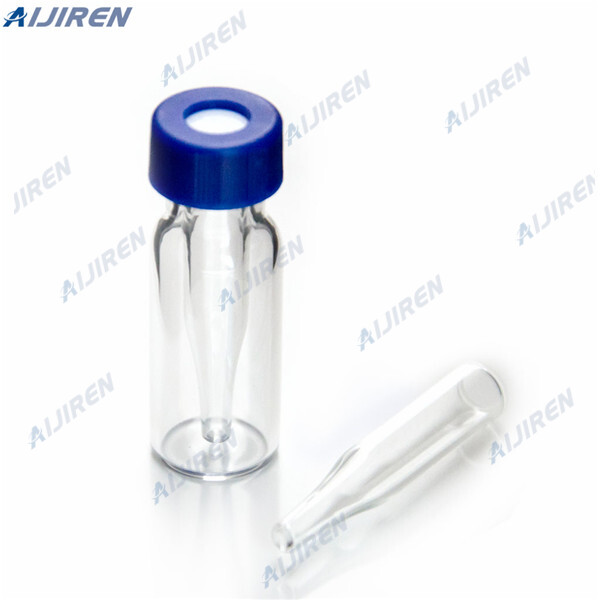Microbiology Specimen Collection and Transport
Nasal swabs (R/O SAPCR) – Insert a sterile swab (use Copan dual swab 26200) into the nose until resistance is met at the level of the turbinates (approximately 1-2 cm into one nostril). Rotate the swab against the nasal mucosa for 3 sec. Apply slight pressure with a finger on the outside of the nose to ensure good contact between swab and inside of nose.
11.2.1.5 Lab - Explore Control Panel Categories (Answers)
2020/11/28 · Step 4: Hardware and Sound. Step 5: Programs. Step 6: User Accounts (or User Accounts and Family Safety in Windows 8.1 and 7) Step 7: Appearance and Personalization. Step 8: Clock and Region (Clock, Language, and Region) Step 9: Ease of Access. Download PDF file: 11.2.1.5 Lab - Explore Control Panel Categories.pdf.
How to Make Tris Buffer Solution for Medical or Lab Use
2019/5/24 · Dissolve the Tris into the distilled deionized water, 1/3 to 1/2 of your desired final volume. Mix in HCl (e.g., 1M HCl) until the pH meter gives you the desired pH for your Tris buffer solution. Dilute the buffer with water to reach the desired final volume of solution.
SOP for Cleaning and Sanitation of Microbiology Lab :
5.8.1 Clean the doors, walls, glass windows, riser grill, and ceiling with dry non-fibre shedding mop. 5.8.2 Mop the doors, walls, glass windows, riser grill and ceiling with validated disinfectant with non-fibre shedding mop. 5.8.3 Inspect and ensure the cleanliness of the area and record.
Lab Exercise 5: Pure culture techniques
Step 1:Do the initial inoculation then FLAME the loop, let cool about 15 seconds. Step 2: Use the sterile cooled loop and draw over the agar surface in the first section, flame and cool. Step 3: Use the sterile cooled loop and draw of the agar surface in the second section.
Common Lab Glassware and Uses | Protocol
First, the beaker, one of the most common pieces of glassware, is available in a range of sizes. Beakers are often used to hold, mix, and heat reagents. Most have a small lip for pouring liquids. Test tubes, which are relatively small cylindrical vessels, are also used to store, heat, and mix chemicals.
Biosafety: Decontamination Methods for Laboratory Use
2019/1/29 · Autoclaves use saturated steam under pressure of approximately 15 pounds per square inch to achieve a chamber temperature of at least 250°F (121°C) for a prescribed time—usually 30–60 minutes. Typical uses: Autoclaving is a dependable method of sterilizing laboratory equipment and decontaminating biohazard wastes.
1.3: Micropipetting - Biology LibreTexts
The ability to measure very small amounts, microliters (µl), of liquid chemicals or reagents is a fundamental skill needed in the biotechnology or research lab. Scientists use a device called a micropipette to measure these very small volumes with accuracy. This activity introduces the technique of micropipetting.
Use of the pipet - Purdue University
2. Insert the tip of the pipet into the beaker of solution so that it is about 1/4” from the bottom. Be sure not to press the tip against the bottom of the container. 3. If you are right handed, hold the pipet in your right hand, leaving your index finger free to place over the
ART Universal Pipette Tips | Thermo Fisher Scientific - US
The patented Thermo Scientific Pipette Tip Disposal Bucket is a functional tool for your lab bench designed specifically to collect used pipette tips during your experiments. The colorful, graffiti themed shield prevents the overshooting of a pipette tip during ejection and
Pipette - Wikipedia
A special pipette used in measuring viscous fluid such as whole blood. Common in medical technology laboratory setups together with other pipettes. Invented by Friedrich Wilhelm Ostwald, a Baltic German Chemist and later refined by Otto Folin, an American []
List of equipment / apparatus used in microbiology laboratory
In microbiology lab, it is used for sterilizing inoculating loop, plating out cultures, transferring cultures, heat-fixing of smears and creating a sterile zone for aseptic operation.
Which Type of Ethanol Should I Use? - Bitesize Bio
2012/6/13 · Ethanol for disinfection. Aside from substantial differences in cost, it doesn’t really matter which ethanol grade you use for disinfection, so most labs use a denatured stock. What does matter is the final concentration of ethanol. Ethanol is an effective disinfectant at
SQL Injection Cheat Sheet | Netsparker
Simple Insert (MSO+) '; insert into users values( 1, 'hax0r', 'coolpass', 9 )/* Useful Function / Information Gathering / Stored Procedures / Bulk SQL Injection Notes @@version (MS) Version of database and more details for SQL Server. It's a constant. You can
INSTRUCTIONS FOR USE - Cloudinary
provide these critical properties. Only use the hydration fluid that came in the kit for that organism. 1. Remove 1 vial of hydrating fluid and 1 foil pouch containing the lyophilized pellet from refrigerated storage. Allow the unopened pouch and hydrating fluid to2.


